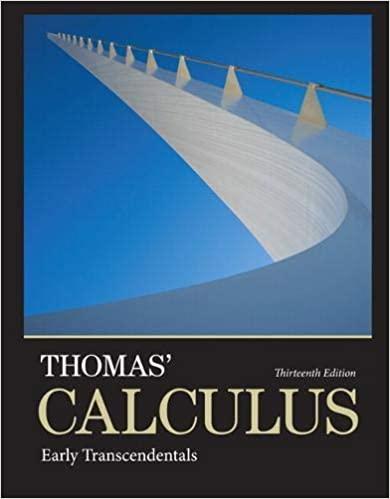Consider the baseball problem in Example 5 when there is linear drag (Exercise 37). Assume a drag
Question:
Consider the baseball problem in Example 5 when there is linear drag (Exercise 37). Assume a drag coefficient k = 0.12, but no gust of wind.
a. From Exercise 37, find a vector form for the path of the baseball.
b. How high does the baseball go, and when does it reach maximum height?
c. Find the range and flight time of the baseball.
d. When is the baseball 30 ft high? How far (ground distance) is the baseball from home plate at that height?
e. A 10-ft-high outfield fence is 340 ft from home plate in the direction of the flight of the baseball. The outfielder can jump and catch any ball up to 11 ft off the ground to stop it from going over the fence. Has the batter hit a home run?
Data from Exercise 37
A baseball is hit when it is 2.5 ft above the ground. It leaves the bat with an initial velocity of 145 ft / sec at a launch angle of 23°. At the instant the ball is hit, an instantaneous gust of wind blows against the ball, adding a component of -14i (ft/sec) to the ball’s initial velocity. A 15ft high fence lies 300 ft from home plate in the direction of the flight.

Step by Step Answer:

Thomas Calculus Early Transcendentals
ISBN: 9780321884077
13th Edition
Authors: Joel R Hass, Christopher E Heil, Maurice D Weir





